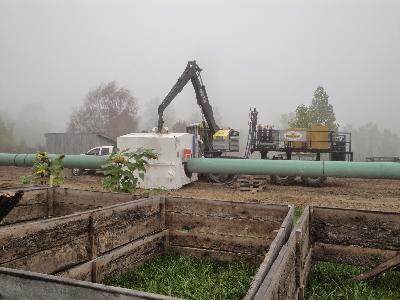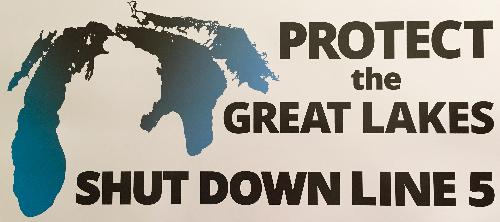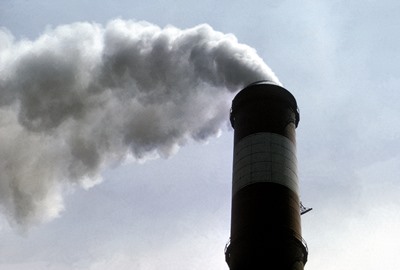The Coast Guard’s warning, based on its 2013 study, comes as Michigan Attorney General Bill Schuette and Department of Environmental Quality Director Dan Wyant convene a task force looking at petroleum pipeline safety throughout Michigan and the state’s preparedness for spills — including on the more than 60-year-old pipelines operated by Canadian oil transport giant Enbridge along the bottom of the Straits of Mackinac.
The Coast Guard noted other vulnerable locations, including,\ oil pipelines running under the St. Clair River between Marysville and Sarnia, Ontario, and near Niagara Falls and Buffalo.
The study also cited the interest by a Superior, Wis., company, Calumet Specialty Product Partners, L.P., and others, to establish a dock to facilitate Great Lakes oil shipping by barges out of western Lake Superior. The Wisconsin Department of Natural Resources dealt that effort a setback in January — requiring an involved environmental assessment — but it could eventually continue.
The Coast Guard Research and Development Center’s June 2013 final report was frank on the limitations in dealing with heavy oil that sinks below the surface and makes traditional skimming recovery methods ineffective.
“Current methods are inadequate to find and recover submerged oil, with responders having to reinvent the techniques on each occasion,” the report states, later adding, “Responses to recent higher profile submerged oil spills have shown responders have almost no capability in detection and recovery.”
Those high-profile spills include the July 2010 spill near Marshall, where an Enbridge oil transmission pipeline burst while carrying diluted bitumen or dilbit, a sludgy oil product thinned for transport typically using petroleum-based thinning agents.
The oil spill overwhelmed Talmadge Creek, a tributary to the Kalamazoo River, as well as a long stretch of the river. As the diluents evaporated, the heavier oil sank to the river bottom, combining with sediments, churned by the rushing water and complicating cleanup. Enbridge has spent more than $1 billion on the cleanup effort, which still is not complete more than four years later.
The Marshall spill showed that no community is ready to adequately respond to a heavy oil spill, said Beth Wallace, an environmental consultant who has worked to spotlight issues related to oil pipeline transport.
The Coast Guard report is “just a scary scenario for the Great Lakes,” she said. “I would hope that the governor, with the pipeline safety task force, will take a hard look at this.”
Oil companies need to do more in the way of transparency and financially providing for the necessary response if their products spill, Wallace said. And while the federal Pipeline and Hazardous Material Safety Administration oversees many petroleum pipeline safety issues, it is typically not there when a spill occurs, she said. That’s left to local communities’ first responders or the Coast Guard if the spill occurs on a major water body.
Complications include that oil companies use a variety of products as diluents in dilbit that can have varying effects on what happens with the oil when it spills, experts said — and the companies often keep those diluents a trade secret. Other factors affecting how a heavy oil spill behaves include temperature and water conditions.
Even finding and tracking submerged oil is a challenge, said Kurt Hansen, a project manager at the Coast Guard’s Research and Development Center at New London, Conn., specializing in oil spill response.
“Once the oil goes below the surface, that sets a whole new set of problems,” he said. “You’re going to have to figure out if it’s coming back up in tiny little droplets, because that’s going to need one set of recovery response and surveillance. Or, if it goes to the bottom in a clump, that’s going to need another set of response.
“And if it mixes with the silt and sand and dirt at the bottom, that’s going to need even a third set of response and information that you need.”
While responders are ready in most cases for surface oil spills, responding to a sinking oil spill requires pulling together equipment and response capability from a variety of locations — costing precious time, Hansen noted. What’s needed, he said, is pulling those capabilities together beforehand.
“Right now, there are no hard requirements for those systems,” he said. “Somebody’s going to have to look at the legal aspects of that, at what you can require.”
Said Holtz: “Speed is everything. So if the Coast Guard has to go to other places to get what they need to deal with a Great Lakes oil spill, that’s got to change. Either that or stop having pipelines in the Great Lakes.”























